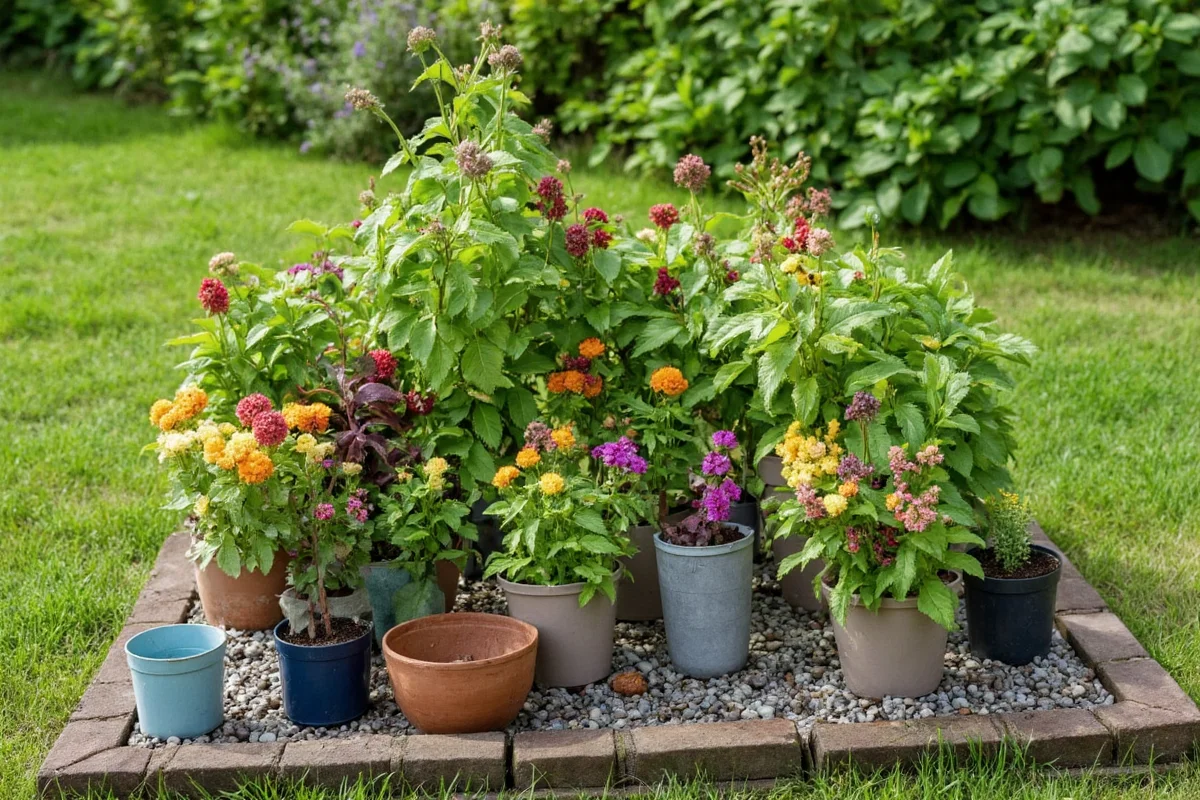Looking to spruce up your bedroom or living room with lush, hanging house plants? You've come to the right place! Hanging plants not only add vibrant splashes of color but also purify the air and make your space more inviting. Here's a complete guide to 15 of the best hanging house plants that can jazz up your interiors effortlessly.
Why Choose Hanging House Plants?
- Add Aesthetic Appeal: Hanging plants are perfect for creating a vertical garden indoors, adding layers and depth to your space.
- Space-Efficient: Ideal for apartments and homes with limited space, hanging plants utilize vertical space effectively.
- Air Purification: Many house plants absorb toxins and release oxygen, improving indoor air quality.
- Low Maintenance: Depending on the species, many hanging plants require minimal care and are perfect for busy homeowners or novice gardeners.
| Plant | Features | Care Requirements |
|---|---|---|
| Pothos | Hardy, trailing vines, versatile | Low light, moderate watering |
| Spider Plant | Arching leaves, easy propagation | Bright indirect light, water weekly |
| String of Pearls | Unique bead-like foliage | Bright light, minimal watering |
Best Hanging House Plants for Bedrooms
- Pothos: Known for its hardy nature, Pothos is perfect for those new to plant care. It's adaptable to various light conditions and requires moderate watering. Its trailing vines can add a lush look to any bedroom.
- Spider Plant: This plant is admired for its arching leaves and easy propagation. It thrives in bright, indirect light and requires weekly watering, making it low-maintenance and ideal for bedroom spaces.
- String of Hearts: With its cascading vines and heart-shaped leaves, this plant adds romance and charm to any bedroom. It prefers bright light and minimal watering.
- Boston Fern: Famous for its feathery fronds, Boston Ferns need humid environments, perfect for bedrooms as they can enhance humidity levels.
- Maidenhair Fern: Elegant with their delicate fronds, Maidenhair Ferns offer tranquility to bedrooms but need consistent moisture and indirect light.
Best Hanging House Plants for Living Rooms
- String of Pearls: Not only unique in its appearance, but this plant is also great for living rooms as long as it receives bright light and minimal watering.
- Bird’s Nest Fern: A great addition for living rooms, this fern's wavy fronds grow outwards, resembling a bird’s nest, demanding moderate light and regular moisture.
- English Ivy: Adds a classic touch to living rooms with its trailing vines, requiring bright, indirect light and regular watering.
- Philodendron: A versatile favorite for hanging baskets, offering lush greenery that thrives in various lighting conditions and needs moderate watering.
- Wax Plant (Hoya): Known for its waxy, star-shaped flowers, it brings color and uniqueness to living rooms. It requires bright light and infrequent watering.
Benefits of Hanging House Plants in Indoor Spaces
- Improved Air Quality: Many house plants reduce airborne toxins, contributing to a healthier breathing environment.
- Spatial Efficiency: Enhancing vertical areas with greenery makes efficient use of space, especially beneficial in urban living scenarios.
- Visual Appeal and Relaxation: Greenery promotes calmness and acts as a natural stress reliever, fostering tranquility in bedrooms and living areas.
- Increased Humidity: Plants naturally release moisture into the air, beneficial during dry seasons and improving indoor humidity levels.
- Eco-Friendly Decor: Besides aesthetics, using house plants as decor supports sustainable living practices.
Tips for Caring for Hanging House Plants
- Optimal Lighting: While some plants thrive in low light, most require bright, indirect light. Evaluate your space and adjust accordingly.
- Watering Techniques: Avoid overwatering. Understand each plant's needs—some prefer drier soil, while others thrive with higher moisture.
- Maintenance and Pruning: Regularly check for dead leaves or overgrown stems. Pruning encourages growth and prevents pests.
- Humidity and Temperature: Be mindful of temperature changes and humidity levels, especially for moisture-loving plants.
- Appropriate Placement: Select locations that complement both your interior design and the plant's light and space needs.
Incorporating hanging house plants into your living spaces not only enhances aesthetic value but also provides numerous health benefits. By choosing the right plants for your bedroom and living room, you can create a harmonious and inviting atmosphere. Remember to match each plant's care needs to your lifestyle and home environment. Happy decorating!











 浙公网安备
33010002000092号
浙公网安备
33010002000092号 浙B2-20120091-4
浙B2-20120091-4